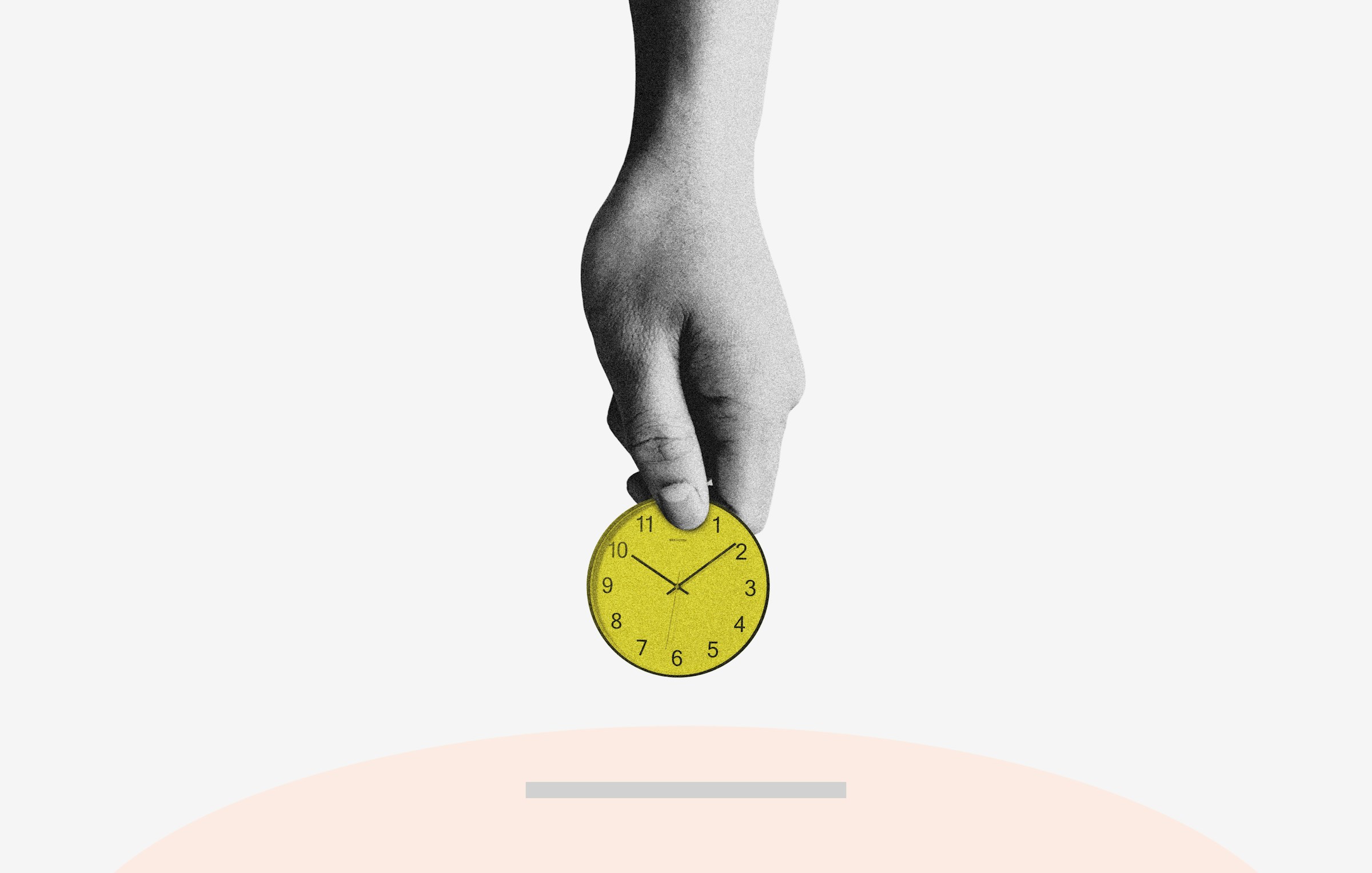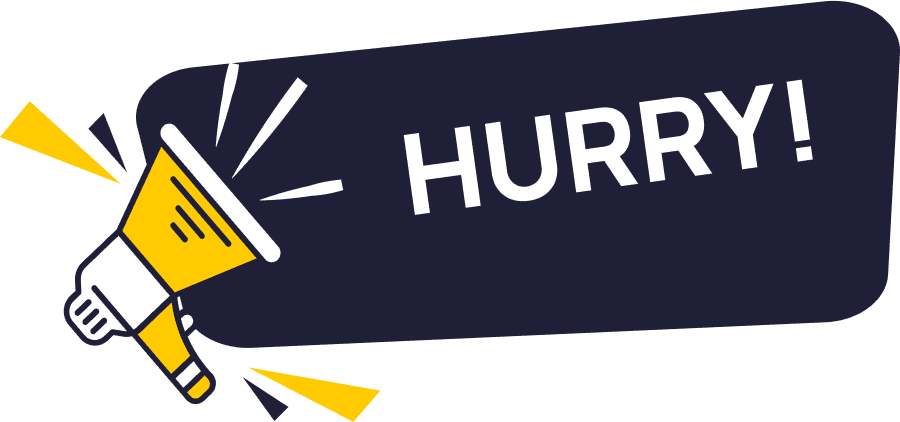Jan 20, 2025
Why Timing Matters for Cold Email?

When it comes to cold email outreach, timing matters a lot. When you send a cold email, it significantly influences its open rate; you’ll generate more conversions when your emails are opened more frequently. You can only convert a cold prospect if they open your email. Even the best-written email is useless if it isn’t opened. The timing of the cold email is the most critical component of an outreach or marketing strategy. For example, sending 1,000 cold emails to potential leads at 3 AM isn’t likely to lead to a reasonable open rate. And on weekend nights, there’s even less chance of cold business or marketing emails getting a response.
Best Days and Times to Send Cold Emails
Backlinko said that Saturdays are the worst days to send outreach emails. Sending 1,000 cold emails during the weekdays, when professionals actively use communication channels like emails, could change that. Again, Backlinko indicated that Wednesdays could be the best days to send outreach emails. Weekdays are the best days to send outreach and marketing emails. The period to do that is anywhere between 9 AM to 3 PM. GetResponse claims that early mornings (4 AM to 6 AM) and late afternoons (5 PM to 7 PM) have the highest email engagement rates.
The Impact of Timing on Cold Email Success
Timing can make or break the success of your cold email outreach.
Here’s how it plays a role:
Visibility: Sending emails when your prospects are most likely to check their inbox increases the chances of your email being seen. Emails sent during low-activity times often get buried under newer messages.
Engagement: Reaching out during peak productivity hours, like mid-morning or early afternoon, aligns with when recipients are more focused, making them more likely to engage with your email.
Avoiding overload: Sending emails at the right time helps you stand out, as you avoid the inbox clutter that builds up overnight or during non-business hours.
Higher response rates: Well-timed emails show an understanding of your recipient’s routine and habits, increasing the likelihood of a positive response.
In short, thoughtful timing ensures your cold email gets noticed, read, and acted upon, making it a critical factor in outreach success.

Related Reading
• How to Send Bulk Emails
• Outreach Automation
• How to Know if Someone Opened Your Email
• How to Send a Cold Email for Networking
• How to Follow Up on a Cold Email
When is the Best Time to Send Cold Emails to Get a Response?

Timing is Everything When it Comes to Cold Emails
When it comes to cold email success, timing is everything. Sending emails at the right time can increase open rates and engagement. Our research on cold emails discovered that the best time of day to send cold emails is between 6-9 am PST (9 am-12 pm EST).
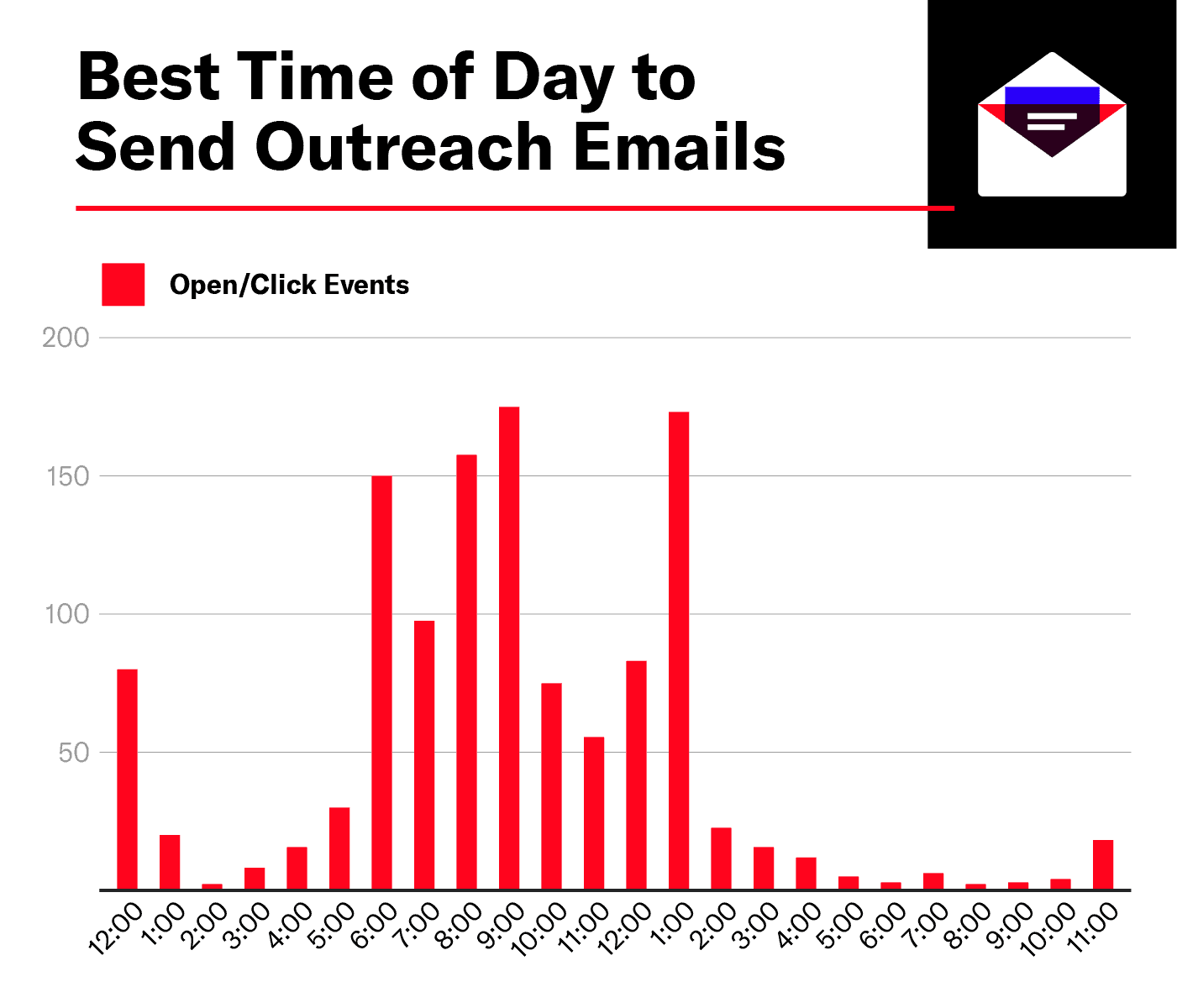
We found it interesting that some other studies determined 10 am was the best time to send emails. Strangely, however, 10 am in our data saw significant declines in open and click rates for both 10 am PST and 10 am EST. As people get into their workday, they start with the more critical and personalized emails first, and then, around 10 a.m., they clear out their newsletters and bulk emails.
Suppose you want your email delivered at the optimal time. In that case, we recommend scheduling delivery between 7-8 am PST to take advantage of the two-hour spike in open and click rates experienced between 8-10 am.
The Best Day to Send Cold Emails
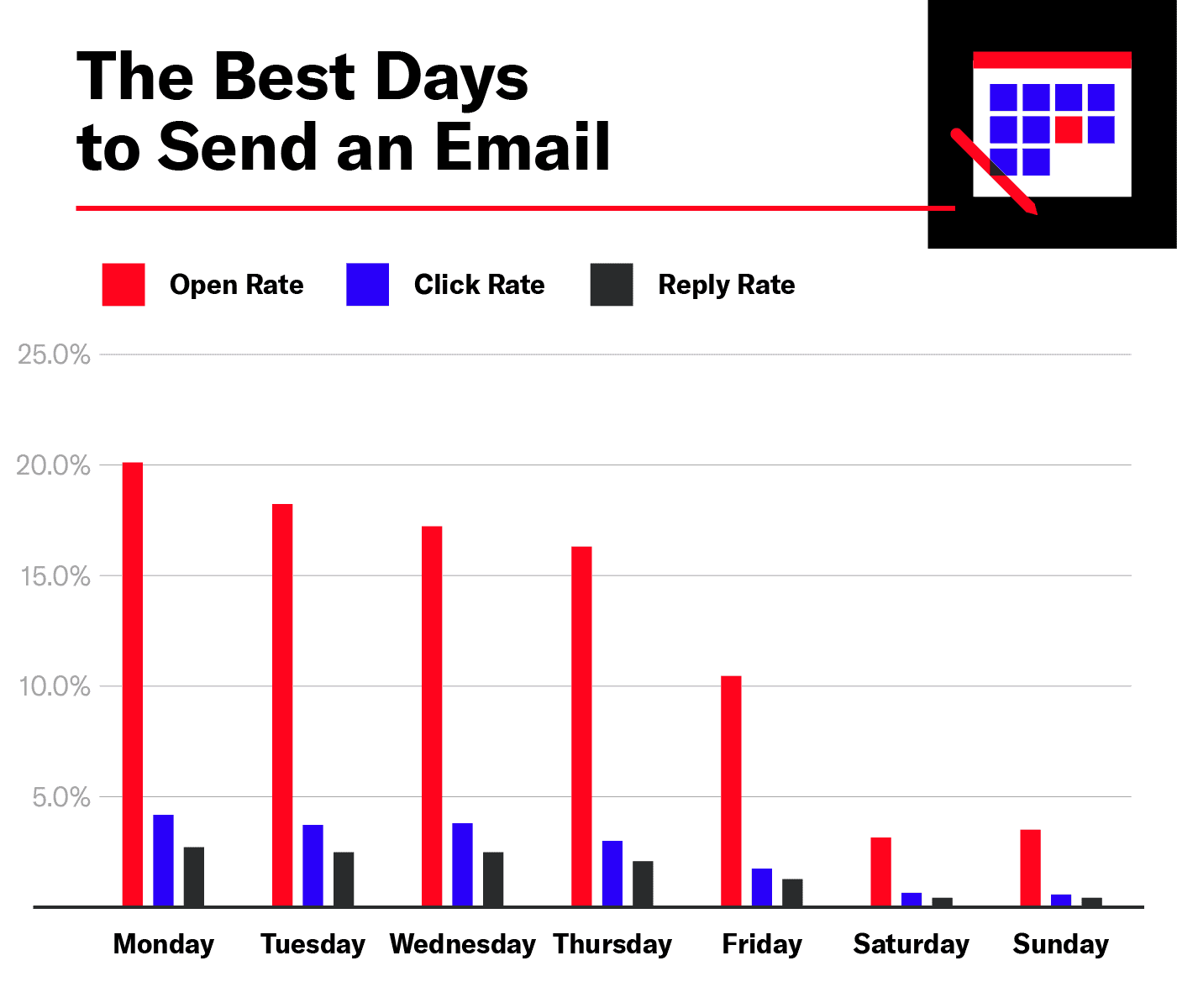
According to our data, the best day to send cold emails is Monday, with an open rate of just over 20 percent, a click rate of 4.3 percent and a reply rate of 2.8 percent. Our study found that recipients are less likely to open, click or reply to your email as the week progresses.
This could be the nature of our email campaigns, most often a reporter, blogger or content manager, who may be more receptive to pitches earlier in the week. This is why our team essentially front-loads emails earlier in the week. Wednesday is a great day to send emails if the reply rate is your most important metric. Although the open rate is slightly lower than Monday, at 17.2 percent, the reply rate is 2.6 percent, only 0.3 percent less than Monday.
Best Time and Day To Send Cold Emails
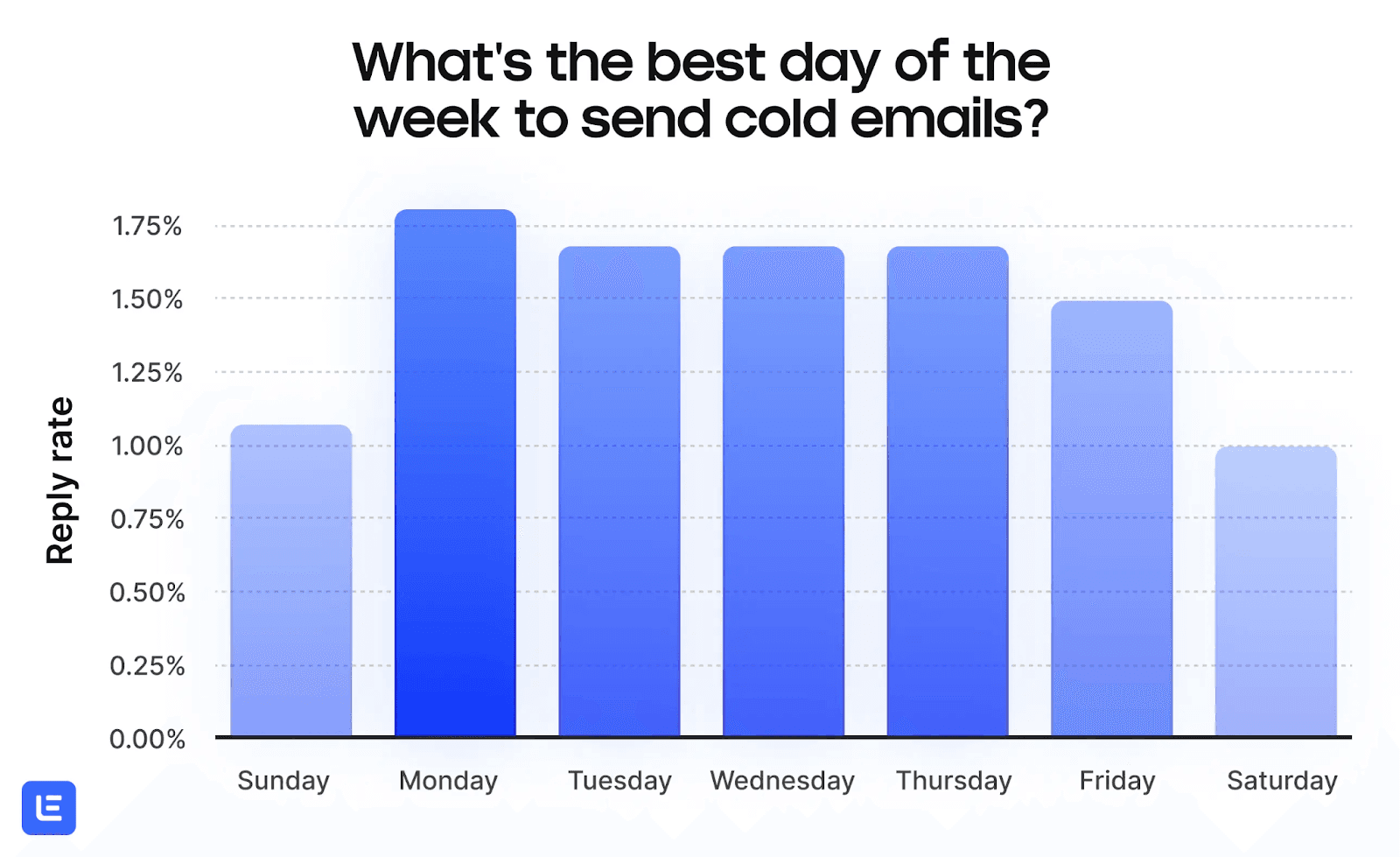
After analyzing the performance of our team's highly personalized outreach emails, we've determined the best time to send is Monday between 6 and 9 am PST. If you're reading this post because it was featured in our newsletter, go back and check what day/time it was delivered. If it wasn't Monday between 6 and 9 am PST, please don't reply to that email to prove a point for me.
How This Study Compares to Other Research
To level the playing field and give you the most comprehensive answer possible, we decided to peek at the answers of our fellow students (i.e, the other popular studies on the subject). We didn't cheat; we just peeked! Of the nine other studies we looked at, 55 percent said Tuesday is the best day to send cold emails, with the remaining 45 percent equally distributed between Wednesday and Thursday.
Not many people agree with our results, so the answer is more complicated than Monday between 6 and 9 am. This isn't the Hitchhiker's Guide to the Email Galaxy; the answer is not 42. Your results will depend heavily on what type of email you are sending (promotional, transactional, etc.) and how you've acquired your email addresses (purchased list, subscribers or discovered during outreach). This is why we advocate you take a data-driven approach to your own outreach efforts and determine what works best for you and your team. We will provide a few tips for becoming more data-driven in your email efforts.
Is There a Universal Best Time to Send Cold Emails?
The Myth of the Universal Best Time to Send Cold Emails
Many people believe there is a single best time for sending cold emails. This is not entirely accurate. What works for one audience, region, or industry may not work for another. Email timing best practices are not static.
The Role of A/B Testing in Optimizing Cold Email Campaigns
They constantly evolve as user habits change. As a result, what worked yesterday may not work today. Research supports this notion. One case study by HubSpot found that the best time to send cold emails varies significantly by industry.
For instance, while emails sent in the manufacturing sector saw the highest open rates on Saturday, education emails performed best on Tuesday. And while emails in the legal field also performed well on Saturday, they saw the next highest open rates on Monday. So, before you start sending cold emails, take the time to research your audience and run tests to uncover their unique preferences.
What Times Should You Avoid When Sending Cold Emails?
As much as it is beneficial to know the best time to send cold emails, you must also be aware of the poor engagement occasions to save money. We received poor engagement or saw a considerable drop in open rates to cold emails sent during weekends and late nights.
This might be the reason that these are the times when people are starting to relax, maybe thinking about dinner plans, not in the best frame of mind to entertain a cold email.
Optimizing Email Timing: How to Avoid Common Pitfalls and Increase Open Rates
Lunchtime is not the best idea either. It’s the universal break time – a moment for sandwiches and salads, not for pondering over your unsolicited email. Holidays are also a poor choice, as people are less focused on work and more likely to ignore business emails.
As a B2B brand, we see lower opening rates during weekends and holidays. While this could be different in the case of B2C businesses. So, test and try to see the engagement for your brand.
The Importance of Continuous Testing and Learning
The key to success in email marketing lies in continuous testing and learning. By experimenting with different send times, subject lines, and email content, you can gather valuable data about what resonates best with your audience. This information allows you to refine your approach and improve the effectiveness of your cold email campaigns.
Email marketing is not a one-size-fits-all endeavor. What works for one company may not work for another. You can identify the best strategies for your particular audience and industry by continuously testing and learning.
Parting Actionable Advice: Test, Learn, and Iterate
To optimize your cold email campaigns, adopt a mindset of constant experimentation. Test different send times, subject lines, and email content to gauge what resonates best with your audience. Keep track of your results, analyze the data, and use your findings to refine your approach.
By embracing a culture of continuous testing, learning, and iteration, you can unlock the full potential of your email marketing efforts. What works today may not work tomorrow. Stay nimble, be open to change, and always be ready to adapt your strategy based on new insights.
What Time of Day Should You Send Cold Emails?
Research from CampaignMonitor analyzed over 192 million opened emails. The findings revealed that 53% of those emails were opened during working hours—9 AM to 5 PM. Within this time frame, the highest open rates occurred between 10 AM and 4 PM. SuperOffice showed different results. Their 2018 research revealed that 3 PM had the highest open rates by far, with 12 PM to 6 PM being the most substantial extended period. Open rates dropped significantly before and after this window.
Analyzing Optimal Email Open Times: Key Insights from Omnisend and Moosend Research
Omnisend analyzed over three years of email data from 2019 to 2021. Their research aimed to determine what time of the day had the best open rates. The hours with the highest open rates were 4 PM, 1 PM, 3 AM, and 8 AM.
Here are the percentages:
4 PM: 22.7%
1 PM: 22.39%
3 AM: 21.07%
8 AM: 20.32%
Research from Moosend found that email open rates were highest from 8 to 9 AM and dropped significantly after 6 p.m.
Comparing Study Findings: The Best Timeframes for Sending Cold Emails During Working Hours
The studies show that the results can vary. Some show more substantial open rates for earlier, around 8 AM to 10 AM. Others suggest the afternoon is better, from 1 PM to 4 PM.
Here’s what each study found:
CampaignMonitor: 10 AM to 4 PM
SuperOffice: 3 PM
Omnisend: 1 PM and 4 PM
Moosend: 8 AM to 9 AM
We advise sending cold emails at any point during working hours and avoiding sending them too early or too late in the day.
What Is the Best Day to Send Cold Emails?
The day you send a cold email is even more important than the time of day. Most studies show that email open rates are lower on Saturday and Sunday. Research from Cience found that Wednesday was the best day to send an email, followed by Tuesday and Thursday.
Here are the results for each day of the week:
Monday: 15.98%
Tuesday: 20.84%
Wednesday: 23.07%
Thursday: 21.32%
Friday: 18.52%
Saturday: 0.03%
Sunday: 0.24%
Weekday Consistency in Email Open Rates: Why Tuesday, Wednesday, and Thursday Perform Best
Although Wednesday was the most vigorous performing day, Thursday and Tuesday weren’t far behind. The entire working week had strong results; the weekend was dramatically lower. Another 2021 study from Moosend analyzed over 10 billion emails sent through its platform. They found Thursday had the highest open rate, followed by Tuesday in second place. If you look at the results, the open rate is consistent across the entire working week, from Monday to Friday. It’s only on the weekend, Saturday, and Sunday that the open rate drops significantly.
GetResponse 2020 Study: Why Weekdays Outperform Weekends for Cold Email Open Rates
GetResponse’s 2020 analysis of 2.85 million emails sent by its users found that Friday had the highest open rate, swiftly followed by Monday and Tuesday.
Here’s what the open rate was for each day of the week:
Monday: 20.43%
Tuesday: 20.3%
Wednesday: 20.07%
Thursday: 19.85%
Friday: 20.58%
Saturday: 18.88%
Sunday: 18.47%
Like the other studies, the open rate doesn’t vary much across the working week and drops off substantially on weekends. This research concludes that cold emailing should be avoided on Saturday and Sunday.
Optimal Days for Sending Cold Emails: Insights from Omnisend, Moosend, Cience, and GetResponse
A three-year study from Omnisend concluded that Tuesdays are the best days to email. The data, which spans from 2019 to 2021, showed the following results:
Monday: 11.21%
Tuesday: 11.36%
Wednesday: 11.33%
Thursday: 11.29%
Friday: 11.07%
Saturday: 10.1%
Sunday: 10.27%
When summarizing the research data, it’s clear that the optimal day varies. The top-performing day is different across all four of the studies provided.
Cience: Wednesday
Moosend: Thursday
GetResponse (2020): Friday
Omnisend: Tuesday
We advise sending cold emails any day during the working week. Avoid sending them on the weekend.
Days and Times to Avoid
Knowing what days and times to avoid is as important as when to send cold emails. Generally speaking, the worst days to send a cold email are Saturday and Sunday—when your prospective targets are out of the office and away from work. They’re most likely spending time with their family or engaging in hobbies and activities. Although most people have smartphones these days, they avoid looking at emails on weekends and don’t want to think about work-related issues. To keep things simple, keep sending cold emails during the working week—Monday to Friday.
Timing Cold Emails: Why Working Hours Are Key to Maximizing Open Rates
Avoid sending cold emails too late or too early in the day. Your prospective targets will be sleeping or getting ready for work early in the morning. After work, they’ll focus on getting home, going to the gym, and cooking dinner or dining out. Aim to send your cold emails during working hours, 9 AM to 5 PM. You can test and experiment to see what specific hour works best to maximize your email open rates.

Related Reading
• How Many Cold Emails Per Day
• Mailchimp for Cold Emails
• SMTP Send Email
• Best Bulk Email Sender
• Best Email Outreach Tools
• Bulk Email Providers
• Best Business Email Providers
• Best SMTP Server
• AI Tools for Email Marketing
• Amazon Ses Alternatives
• Postfix vs Sendmail
• Amazon Ses vs Sendgrid
7 Tips To Remember When Choosing a Time To Send Your Cold Email

1. Know Your Audience's Work Schedule
Understanding your audience’s work schedule is critical for cold email success. Determine their typical workday structure. Do they work traditional hours or follow a different routine? For instance, tech companies often have flexible schedules, while finance or healthcare organizations tend to follow stricter working hours. Sending emails when your prospects are likely to be active and engaged with their inbox can significantly increase your chances of getting a reply.
2. Consider the Time Zones of the Prospects
Always account for time zones when sending cold emails, mainly when contacting people in different regions. Sending an email at 10 A.M. EST to a prospect in California means it will arrive in their inbox at 7 A.M. PST. While they may appreciate your perfect timing, they likely won’t see your email until later, when it could be buried under other messages. Use email scheduling tools like SmartReach.io to ensure your emails arrive at the optimal time for the recipient, regardless of location.
3. Avoid Early Mornings or Late Evenings
Sending emails too early (before 8 A.M.) or late in the evening (after 6 P.M.) can result in them being buried under a flood of messages or overlooked altogether. Most people receive hundreds of emails weekly, and sending cold emails during off-peak hours means they’ll likely miss your message entirely. Aim for mid-morning or early afternoon for better visibility and engagement.
4. Don’t Overlook Midweek
Research shows that emails sent on Tuesday, Wednesday, or Thursday generally get better results than on Mondays (when people are catching up) or Fridays (when they’re winding down). Aim to send during these prime days for your next cold email outreach campaign, as there’s less competition, and prospects are more likely to engage with your email.
5. Test and Optimize Your Email Timings
Use A/B testing to experiment with different times and days to understand what works best for your audience. Pay attention to open, click-through, and reply rates to optimize your outreach strategy continuously. Email metrics will vary by industry, so finding the optimal timing for your specific targets is crucial.
6. Keep Your Subject Line Compelling
Even if you send your email at the perfect time, a lackluster subject line can cause your email to be ignored. Pair perfect timing with a strong, engaging subject line that piques curiosity and promises value.
7. Be Consistent With Your Emails
Sending emails consistently can help build familiarity. If your audience expects emails at a particular time of day or week, they may begin recognizing and prioritizing your outreach.

Related Reading
• Mailjet alternatives
• Woodpecker Alternatives
• Mailshake Alternative
• Lemlist Alternatives
• Zerobounce vs Neverbounce
• Mixmax Alternatives
• Yesware Alternatives
• Neverbounce vs Kickbox
Start Buying Domains Now and Setup Your Email Infrastructure Today
Inframail is a game-changer in the world of cold email infrastructure. It helps you improve outreach deliverability and efficiency. With Inframail, you can say goodbye to traditional cold email providers that limit your outreach with a per-inbox pricing model and complex technical setups. Instead, you get unlimited inboxes for a single flat rate and an automated technical setup to help you reach more prospects faster.
Why Should Agencies, Recruiters, and SDRs Use Inframail?
Inframail is built to support cold email outreach at scale, making it a perfect fit for:
Agencies
Recruiters
Sales development representatives (SDRs)
Agencies can use Inframail to help their clients with cold email outreach, recruiters can connect with potential job candidates, and SDRs can use It to boost sales for their organization.

